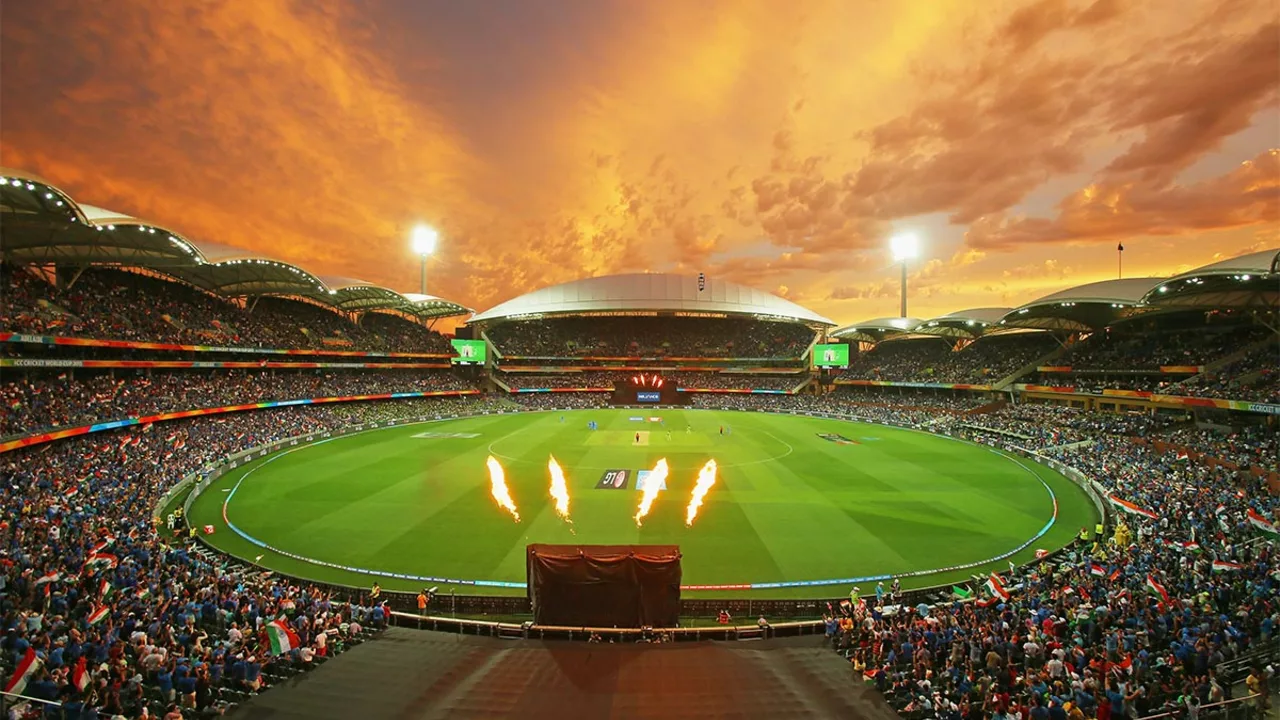Cricket Ground Basics: Size, Layout and How It Works
Ever wondered why some stadiums feel huge while others feel cozier? The answer lies in the ground’s dimensions, the pitch placement and even the way the sun hits the field. Let’s break it down in plain English so you can picture any cricket ground without pulling out a ruler.
A cricket ground isn’t a fixed‑size rectangle like a football pitch. The official playing area is a circle with a 22‑yard (20.12 m) long pitch in the middle, and the boundary can stretch from 65 m to 90 m from the centre. That adds up to roughly 12,000 to 15,000 square metres – about 130,000 to 160,000 sq ft – depending on the venue. Larger grounds give batsmen more room to run big sixes, while smaller ones make every run count.
How big is a cricket ground?
Most international venues aim for a boundary around 75 m, which translates to a total playing surface of about 6,000 sq m (65,000 sq ft). The exact size can vary because the ICC only mandates a minimum – the rest is up to the host country’s board. When you walk onto a ground like Lord’s or the MCG, you’re really stepping onto a massive oval that can hold 30,000‑plus spectators, plus the pitch, the outfield and plenty of grass to chase down the ball.
If you’re curious about the “square footage” number you sometimes hear, just multiply the radius by itself and by π (3.14). For a 75 m radius, you get roughly 17,700 sq m, which is about 190,000 sq ft. That’s a lot of space for a single ball to travel!
What’s the deal with shadows on the field?
Ever seen four distinct shadows on the pitch during a sunny match? That’s a “4‑shadow” formation. The sun’s low angle casts shadows from the stumps, bails, the bowler’s run‑up and the batsman’s feet. Players use these shadows to gauge the sun’s position and adjust their stance or where to field the ball. It’s a quick visual cue that can mean the difference between a safe catch and a dropped one.
Ground staff also monitor shadows when planning irrigation and mowing. Too much shade can keep the grass damp longer, affecting bounce. By understanding how shadows move across the ground, they can keep the pitch consistent throughout a match day.
Beyond size and shadows, a good cricket ground needs a well‑maintained outfield. The grass should be short and even, allowing the ball to roll smoothly. Groundsmen use a combination of rolling, mowing and watering to keep the surface playing‑ready, especially after rain.
Seating arrangements vary too. Some venues have tiered stands that wrap around the entire circle, giving fans a 360‑degree view. Others, like smaller county grounds, have seating only on one side and a grassy “bank” on the opposite side where you can picnic while watching the action.
If you’re planning a visit, check the ground’s boundary distance. Smaller grounds often have tighter boundaries, which can make a typical four‑run shot turn into a six. Bigger grounds give bowlers a chance to use the extra space to set up field placements that force batsmen into mistakes.
Famous cricket grounds each have a unique character. Lord’s is known as the “Home of Cricket” with its iconic Pavilion, while the Adelaide Oval boasts a stunning backdrop of the city skyline. The sheer variety means every visit feels fresh, even if the basic layout stays the same.
In short, a cricket ground is more than just a patch of grass. It’s a carefully measured arena where size, sunlight and maintenance all play a role in shaping the game. Knowing these basics helps you appreciate why a bowler’s line, a batsman’s shot or a catch under a shadow can feel so dramatic. So next time you step onto the outfield, you’ll spot the dimensions, shadows and details that make the sport truly unique.
Why there are three or more pitches in each Cricket ground?
In my latest blog post, I delved into the intriguing question of why there are three or more pitches in each cricket ground. It turns out, each pitch offers a different playing experience based on the wear and tear it undergoes, thus allowing diversity in the game. It also enables groundsmen to prepare and maintain pitches efficiently without overusing a single pitch. Moreover, multiple pitches ensure there's always a backup available in case of unexpected damage. So, the multi-pitch setup isn't just a random design choice, but a strategic move to enhance the dynamics of the game.
Details +